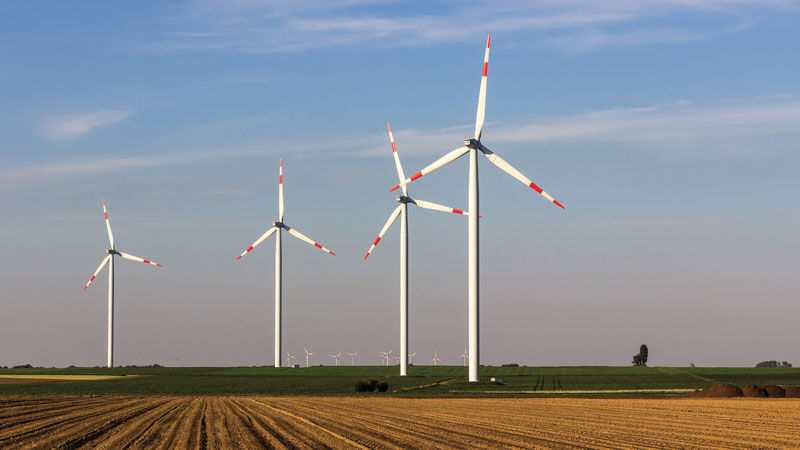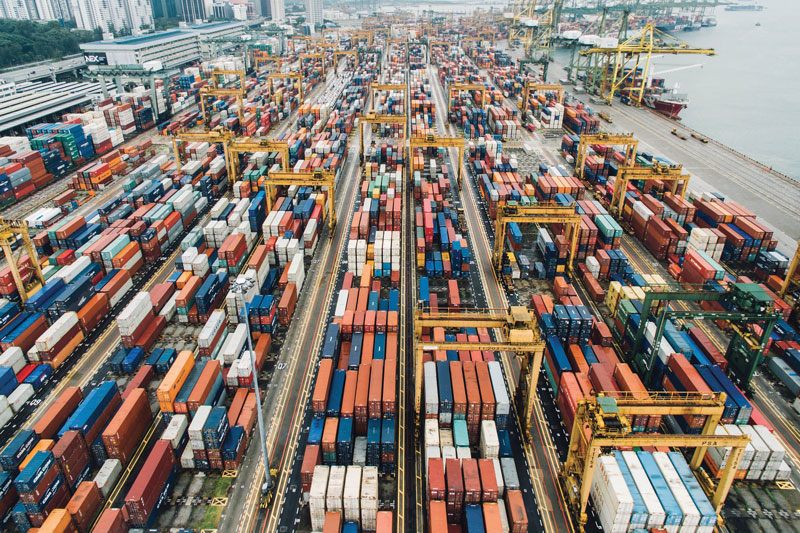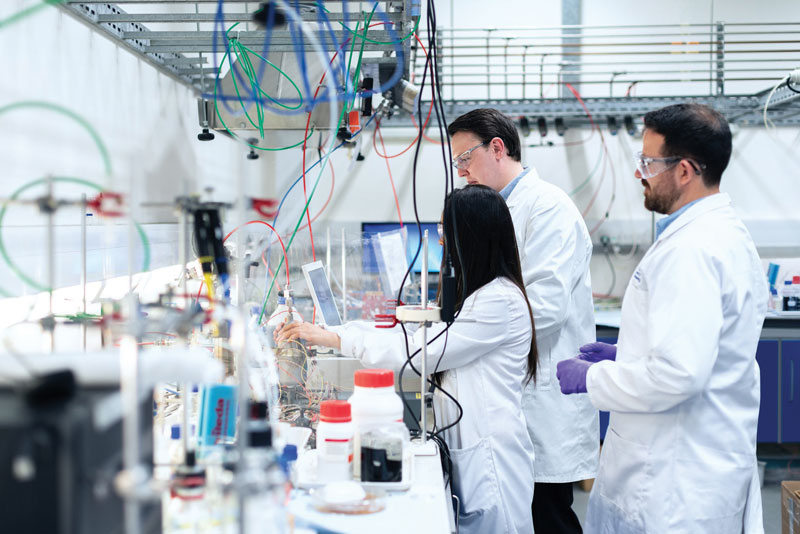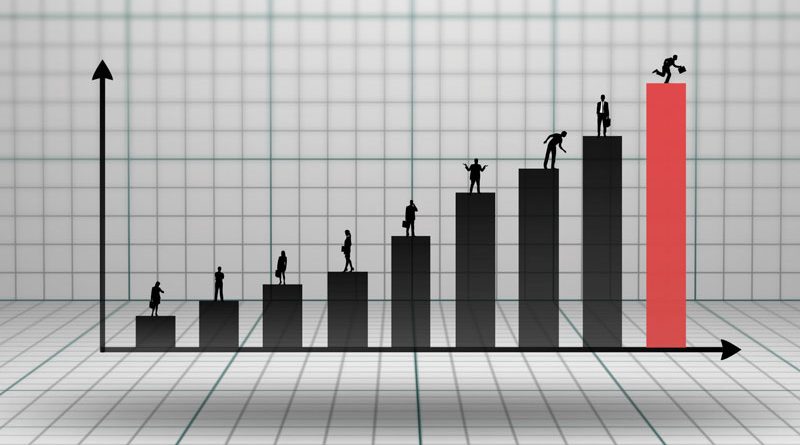Waiting for Recovery
The instrumentation sector is optimistic after the disastrous year caused by the pandemic. In particular, forecasts for +4/5% by the end of the year and confidence in the Recovery Plan stand out. This and more was discussed during the last G.I.S.I. Assembly
During the G.I.S.I. Ordinary General Assembly last May, the future and recovery were discussed. Welcoming the participants via video conference was the President, Roberto Gusulfino, who immediately provided a general overview. The Italian GDP in 2020 marked -8.9% on 2019. The crisis due to the pandemic has affected the sectors in different ways. In the industrial world, the difference between the various sectors was accentuated: the ‘cyclical’ industries (such as oil & gas, chemicals, textiles, metals, cars, cement, ceramics) felt the contraction more strongly than the ‘non-cyclical’ ones (pharmaceuticals, food, water, energy), which in some cases recorded growth, such as pharmaceuticals. As for instrumentation, it suffered a drop in turnover of around -7.5% in 2020, which is less than that of GDP. The negative effects on the market have been felt since March 2020, with the period with the biggest drop being the second quarter.
In the first quarter of 2021, however, all companies reported an increase in orders compared to the same period last year, sometimes even compared to 2019. Among the industrial sectors showing growth, the chemical, pharmaceutical, power and food sectors stand out.
The forecast for the end of 2021 is +4/5% compared to 2020. “In any case, there is optimism and confidence that these forecasts might even bring our sector back to 2019 values by 2021,” Gusulfino stated.

The factors which will drive the recovery
Among the factors likely to contribute to growth between now and 2-3 years from now, the President listed first and foremost the health sector, with pharmaceutical companies obtaining permits from various bodies to bring new drugs onto the market. The environment is also a driving force, with trends related to decarbonisation, but also water control. And then energy, with the whole world investing in green hydrogen, natural gas, LNG, renewables, biogas and so on.
Last but not least, digitisation with new communication technologies (Ethernet, wireless, LoRaWAN, 5G), cloud services, big data, IIoT, mobile device applications for diagnostics and maintenance. All with a 4.0 perspective,
of course. The year 2020 was a disastrous year, as Gusulfino pointed out, but after a crisis comes a rebirth, and the Recovery Plan supports this view.

Macroeconomic forecasts: optimism but recovery will be in 2022
An important moment of the assembly was the sharing of data from the observatory, which represents the primary function for G.I.S.I.: to study the reference market and provide a complete and neutral view. This year, too, it consists of two parts.
The first is the macroeconomic situation, as always presented by Professor Giampaolo Vitali, economist at CNR-IRCrES and lecturer at the University of Turin. Together with Professor Paolo Vaglio, he has drawn up the survey on the national market trend for Industrial, Process and Laboratory Instrumentation and Automation and for Industrial and Public Utility Infrastructure (SAIPL). The survey is based on the analysis of the financial statement data for 2019 filed with the Chambers of Commerce and statistical agencies. Starting with the international economic analysis, Vitali also highlights the optimism of the new macroeconomic forecasts, despite the fact that full recovery is postponed until 2022. Let us move on to the forecasts for industry by Prometeia and Intesa San Paolo. The companies which survived the 2009 crisis show a stronger production structure than in the past, in terms of liquidity and capitalisation, and therefore are potentially more resilient in the current crisis. The driving force behind the recovery is investment and exports, rather than domestic consumption (incentives for construction, Industry 4.0 and liquidity are important). The PNRR (National Recovery and Resilience Plan) offers great opportunities for private and public investments, which need the products of the G.I.S. sectors: Industry 4.0, renewable energies, sustainable mobility, building automation (superbonus) and telemedicine in healthcare.

Product survey presented
The second part of the observatory is the product survey. Umberto Cè from Cogent carried out for the second year a market survey of the main instrumentation families. It was conducted using an empirical method on a panel of 24 companies (3 more than in 2020) defined as major players on the Italian market. As usual, a data collection form was sent to the companies, and a video call interview was carried out. The analysis focused on data for the calendar year 2020, and forecasts for 2021. The best part of the interviewed companies estimate a recovery of +4-5%, with different scenarios depending on the target market. In oil & gas, the recovery seems slower, and could start in the coming months with the launch of some large projects. The food & beverage sector has been less affected than others by the Covid emergency and is expected to remain substantially stable, or show slight growth. Power is an evolving sector, linked to the decarbonisation process, and recovery could take place in the medium/long term. Investments in the water sector are expected to recover. Very interesting growth has been recorded in the pharmaceutical sector, while a slight recovery is also expected in the chemical and cement sectors.
Work committees developing topics of common interest
The Assembly then ended by presenting the new G.I.S.I. services for 2021. In addition to the new website which has been active for a few months now, MeCoTech (the digital communication platform and basis for webinars) and MeCoTech Conference (the first digital event organised last March), there is another new feature: the work committees. This is an important new body of the association, which aims to develop topics of common interest for homogeneous groups of members. Each member can join one or more committees. Every committee is led by a chairman, who reports on the status of activities during the board meetings. Here are the existing committees: Observatory and Survey; Training; Software and Industry 4.0; China and Associations.

